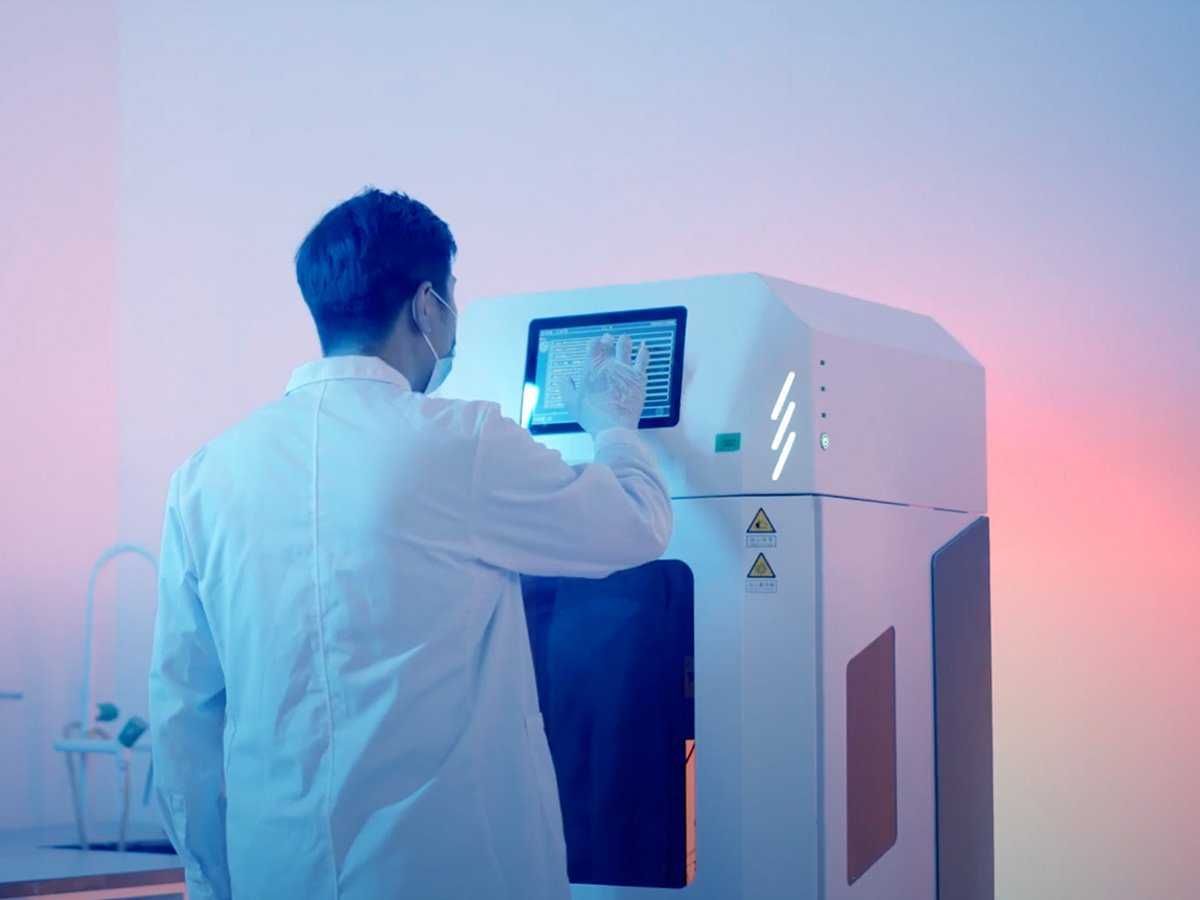Successful endodontic treatment depends on the appropriate dental endodontic materials being used. Whether you are a patient interested in the materials used or a dentist doing root canal treatments, knowing the alternatives available will help to enhance the results of treatment. From dental root canal filling materials to diagnostic instruments, the proper endodontic materials list guarantees endodontic treatment’s durability, longevity, biocompatibility, and patient satisfaction.

Basic Dental Endodontic Materials Applied in Endodontic Treatment
Types of Dental Endodontic Materials
Endodontic treatment uses specialized materials to properly clean, shape, and fill the root canal system. These ingredients enable long-term success while preventing reinfection. The essential dental endodontic materials are:
- Obturation Systems: Modern thermoplasticized techniques, such as warm gutta-percha, enhance adaptation to canal walls.
- Sealants and Filling Materials : Gutta-percha, resin-based sealers, and calcium hydroxide are efficient sealants that keep bacteria out of the canal.
- Irrigants and disinfectants: Sodium hypochlorite, chlorhexidine, and EDTA are often used to clean and disinfect canals.
- Apex Locators and Diagnostic Materials: Assist in determining the position of the apical constriction and also the correct working length of the root canal.
- Post-Endodontic Restorative Materials: Composite resins and glass ionomer cements help to restore tooth integrity.
The Best Dental Root Canal Filling Materials
Root canal filling materials play a vital role in the root canal treatment process. They are primarily used to fill the tiny gaps within the root canal system, enhancing the sealing of the canal and preventing bacteria from entering. High-quality root canal sealers should possess the following characteristics:
Excellent biocompatibility: Minimizes irritation to periodontal tissues.
Good flowability: Ensures penetration into all fine areas of the root canal.
Effective sealing: Prevents bacterial invasion and ensures long-term endodontic treatment success.
The most typically utilized materials of dental root canal filling material in Dental Treatments are:
1. Gutta-Percha :
The most commonly used dental root canal filling material, known for its excellent biocompatibility and plasticity.
Thermoplastic: This material provides flexibility as its derived from latex where it can fit to the curvature of the canal. The material solidifies when exposed to UV light following its molding process.
Biocompatible: Excellent biocompatibility where the dental application of this material maintains safety and reduces the chance of allergic reactions. Also, it’s easy retrievable in the for the endodontic retreatment.

2. Bioceramic sealers:
Bioceramic with composite Mineral Trioxide Aggregate (MTA) has strength for its antibacterial and antifungal features that are suitable for intraoral conditions. With its high dimensional stability as dental endodontic materials guarantees long-term efficacy.
Antibacterial: Offer exceptional sealing ability and antimicrobial qualities.
Compressive Strength: Relative low compressive strength
Fracture Resistance: great fracture resistance
Biocompatible: Promote bioactivity to aid in the spontaneous healing of periapical tissues. It’s biocompatible allow it to fits not to be the best dental root canal filling material, it escalate the internal root resorption, and the healing of holes during endodontic treatment
3. Resin-Based Sealers
Resin-based sealers that are created from synthetic resins, such as epoxy resins and urethane dimethacrylate. For a more stable and reliable seal, it will usually use along with gutta-percha. These dental endodontic materials have the desirable quality of forming a monoblock in the root canal, resulting in a strong union between gutta percha and resin adhesive, achieving a total bond and thus a complete seal of the canal space. Among resin-based sealers of endodontic materials list, it ranges from Hydron, EndoREZ, Epiphany, Fibrefill and METAseal.
Superior Sealing Ability: Offer high adhesion and moisture resistance compared to traditional sealer.
Durability: Able to endure the pressures and environmental conditions of the root canal for many years, thereby improving the overall success of the treatment and prolonging the health of the tooth.
Strong adhesive property: More effective and long-lasting seal compared to many traditional sealers.
Low Shrinkage:Formed effective closure throughout the root canal by reducing shrinking that decreases the chance of space development where bacteria could potentially infiltrate.
4. Zinc oxide-eugenol sealers
Zinc oxide-eugenol (ZOE) sealers are popular dental endodontic materials due to their antibacterial qualities and superior sealing capabilities. However, it needs to take note that while it provides an excellent initial seal, it can become brittle over time, resulting in microleakage.
Antimicrobial Effects: Eugenol functions as a natural antiseptic, inhibiting bacterial regrowth within the canal.
Excellent sealing ability: Effectively fills holes within the root canal space.
Resorbable : Some ZOE sealers are resorbable, which makes them excellent for cases that require retreatment.
5. Calcium hydroxide sealers
Calcium hydroxide-based sealers are distinguished by their high pH values, which contribute to their antibacterial qualities. These sealants are utilized among the endodontic materials list because they could enhance healing.
Antibacterial: The high alkalinity helps to remove microorganisms from the root canal system that could prevent infection.
Encourages Dentin production: Promotes the production of secondary dentin, which aids in periapical healing.
Temporary usage: Generally used as an intermediate dressing rather than a long-term sealer.
Resorbable: Suitable for situations requiring future endodontic retreatment.
How Do I Choose the Right Dental Endodontic Materials?
With so many alternatives available, choosing the correct dental endodontic materials can be difficult. You should take in consideration with the elements listed below:
1. Biocompatibility
-To ensure that the dental root canal filling materials do not trigger undesirable tissue reactions.
-Biocompatible materials promote healing and reduce complications post implementation after dental endodontic treatment.
2. Durability & Longevity
– Has high resistance to allow the patients to withstand high chewing forces.
– It’s good sealing features that could resist bacterial decomposition.
3. Ease of Use
– Certain materials necessitate specific processes or equipment. And also taking in consideration for retreatment.
– Pick suitable dental endodontic materials accordingly based on different requirement,
and conditions as some is meant for promote healing, some is meant for long term use
for root canal sealing to avoid infection.
4. Cost efficiency
– Balancing quality and budget limits based on different dental endodontic treatment.
– High-quality materials may have a higher upfront cost but offer better long-term value.

FAQs
- What dental materials are utilized in endodontic treatment?
Endodontic treatment uses dental products such as sealers, irrigants, obturation materials, and restorative components to provide long-term results.
- What’s the best root canal filling material?
Gutta-percha remains the most used dental root canal filling material, while the other materials are chosen based on the characteristics and requirement for the endodontic treatment.
- What is included on an endodontic materials list?
Endodontic materials typically include irrigants, sealants, filling materials, post-endodontic restoratives, and diagnostic equipment such as apex locators.
- What are the latest technology breakthroughs in dental endodontic materials?
Newer materials, such as bioceramics and nanotechnology-based sealers, that could enhance sealing performance, provide antimicrobial intraoral condition, and also be able to ensure patient comfort and biocompatible,
- Why is material selection crucial in endodontic therapy?
The success of endodontic treatment depends on the use of high-quality dental materials that ensure proper sealing, prevent infection, and promote healing intraoral.
Summary
Choosing the best root canal filling material and what are dental materials that have different features based on different requirements is crucial for successful endodontic treatment. Understanding the latest technology advancement in dental root canal filling materials that could promote durability and longevity post treatment, also taking care about patient safety, providing the best treatment outcomes. Whether you are a dental professional, lab technician or a patient, knowing the best root canal filling materials will help you make better decisions and enhance your oral health. Endodontic treatment can be effective and long-lasting if the suitable materials and techniques are used.
With over 17 years of experience in the dentistry profession, Aidite has a proven track record of successful cases and treatments. Aidite is dedicated to providing dental professionals with comprehensive support with a wide range of solutions. Ranging from essential equipment and high-quality consumables required in dental daily operations and surgery. For more information, you could visit Aidite website.



